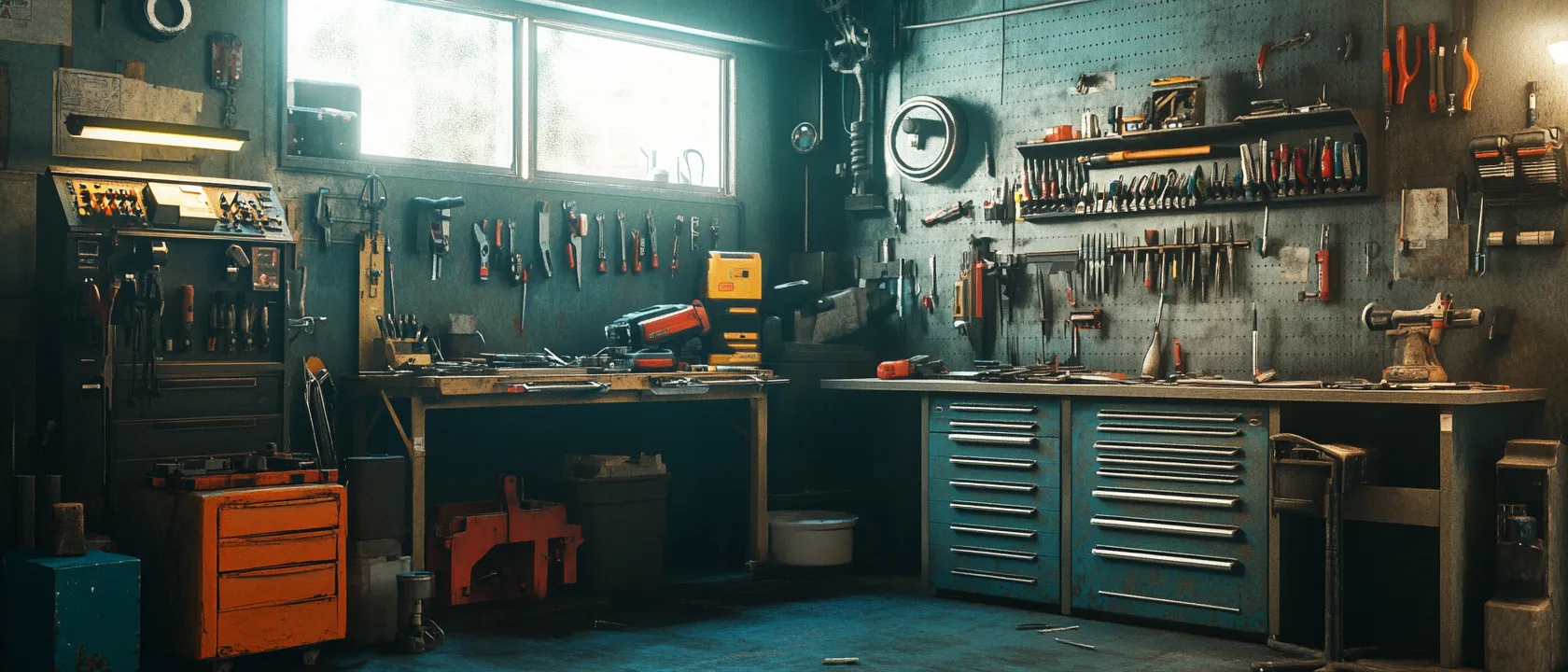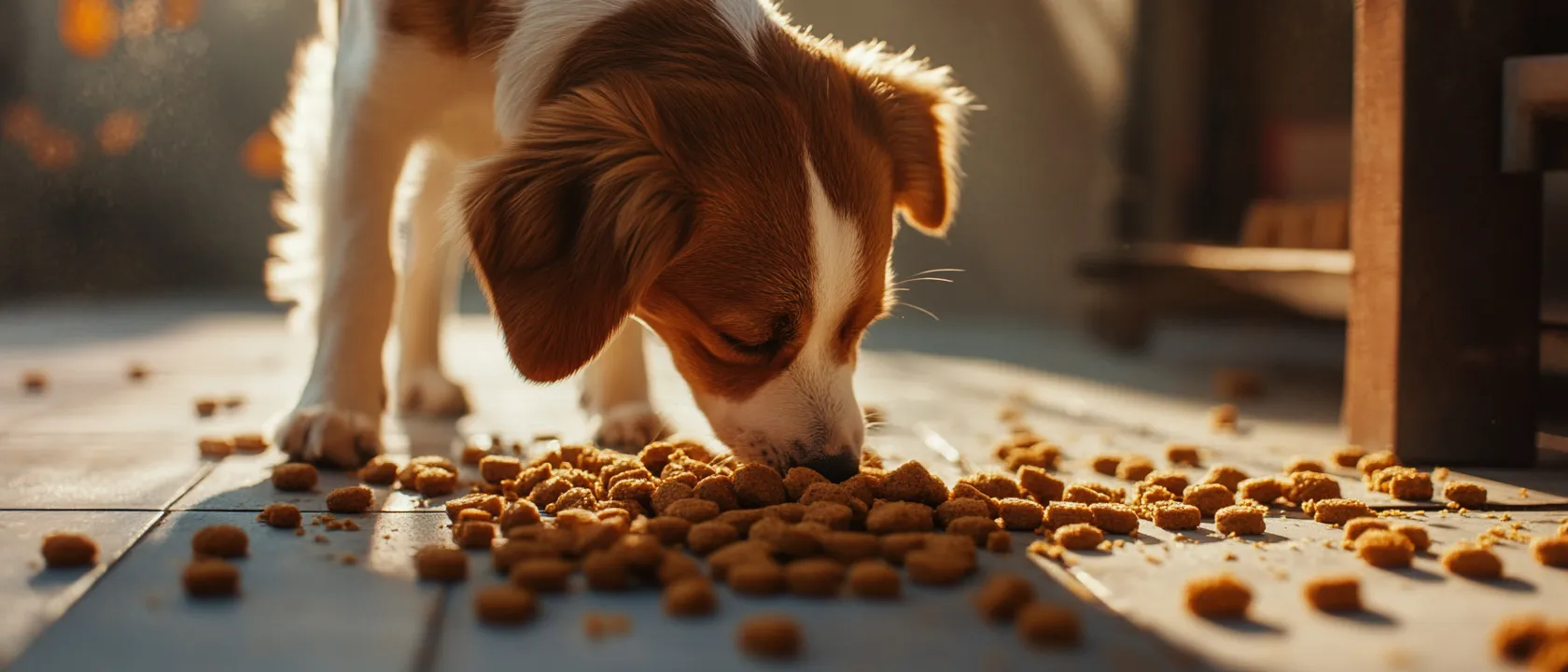For millions of people worldwide, the morning coffee ritual represents more than just caffeine delivery—it’s a cherished daily ceremony that sets the tone for the day ahead. This cultural significance has fueled an extraordinary evolution in home coffee equipment, transforming the market from simple percolators and basic drip machines into a sophisticated landscape of precision instruments promising café-quality results. Today’s premium coffee maker market spans from $300 entry-level machines to elaborately engineered systems exceeding $3,000, raising the fundamental question: do these high-end coffee makers genuinely deliver value commensurate with their often staggering price tags?
This comprehensive analysis examines the technical capabilities, real-world performance, and long-term value proposition of today’s premium coffee makers across various brewing methodologies. By understanding the engineering principles behind exceptional coffee extraction, evaluating the practical benefits of advanced features, and calculating the true cost of ownership over time, we can determine which investments truly elevate the morning brew and which primarily offer expensive disappointment.
The Science Behind Exceptional Coffee: What Truly Matters
Before evaluating specific machines, it’s essential to understand the technical factors that genuinely impact coffee quality, as these form the foundation for assessing whether premium machines deliver substantive benefits.
Temperature Precision and Stability
Perhaps the single most critical technical factor in coffee extraction is brewing temperature:
- Optimal extraction range: Coffee’s desirable compounds extract most effectively between 195-205°F (90.5-96.1°C), with specific varietals and roast profiles favoring narrower ranges within this spectrum.
- Temperature stability: Maintaining consistent temperature throughout the brewing cycle significantly impacts extraction uniformity. Fluctuations can cause under-extraction of some compounds and over-extraction of others.
- Temperature precision: The ability to deliberately select specific temperatures within the optimal range allows customization for different coffee origins and roast profiles.
Inexpensive coffee makers typically brew at inconsistent temperatures (often too cool initially and too hot by the end) and offer no temperature customization. Premium machines employ various sophisticated engineering approaches to address these limitations, including PID controllers, pre-heated water pathways, and insulated brewing chambers.
Water Distribution and Contact Time
How water contacts the coffee grounds fundamentally determines extraction quality:
- Even saturation: Uniform wetting of all grounds ensures consistent extraction throughout the coffee bed.
- Proper contact time: Different brewing methods require specific contact periods between water and coffee for optimal extraction.
- Controlled flow rate: The velocity at which water passes through coffee grounds affects which compounds are extracted and in what concentrations.
- Pre-infusion capability: Initial gentle wetting allows coffee to “bloom” and release CO2, preparing grounds for more effective extraction.
Advanced machines employ precision shower heads, pulsating flow systems, programmable pre-infusion stages, and carefully engineered brew baskets to optimize these factors in ways impossible with basic equipment.
Grinding Quality: The Often Overlooked Variable
While not directly a function of the coffee maker itself, grind quality so profoundly impacts results that it must be considered in any serious coffee equipment discussion:
- Particle size consistency: Uniform grinding ensures even extraction throughout the coffee bed.
- Grind freshness: Coffee begins losing aromatic compounds within minutes of grinding, making brew timing crucial.
- Heat generation during grinding: Excessive heat during grinding can compromise flavor compounds before brewing even begins.
Many premium coffee systems either include integrated grinders or are designed to work with specific high-end grinder recommendations, making this an important consideration in the total investment equation.
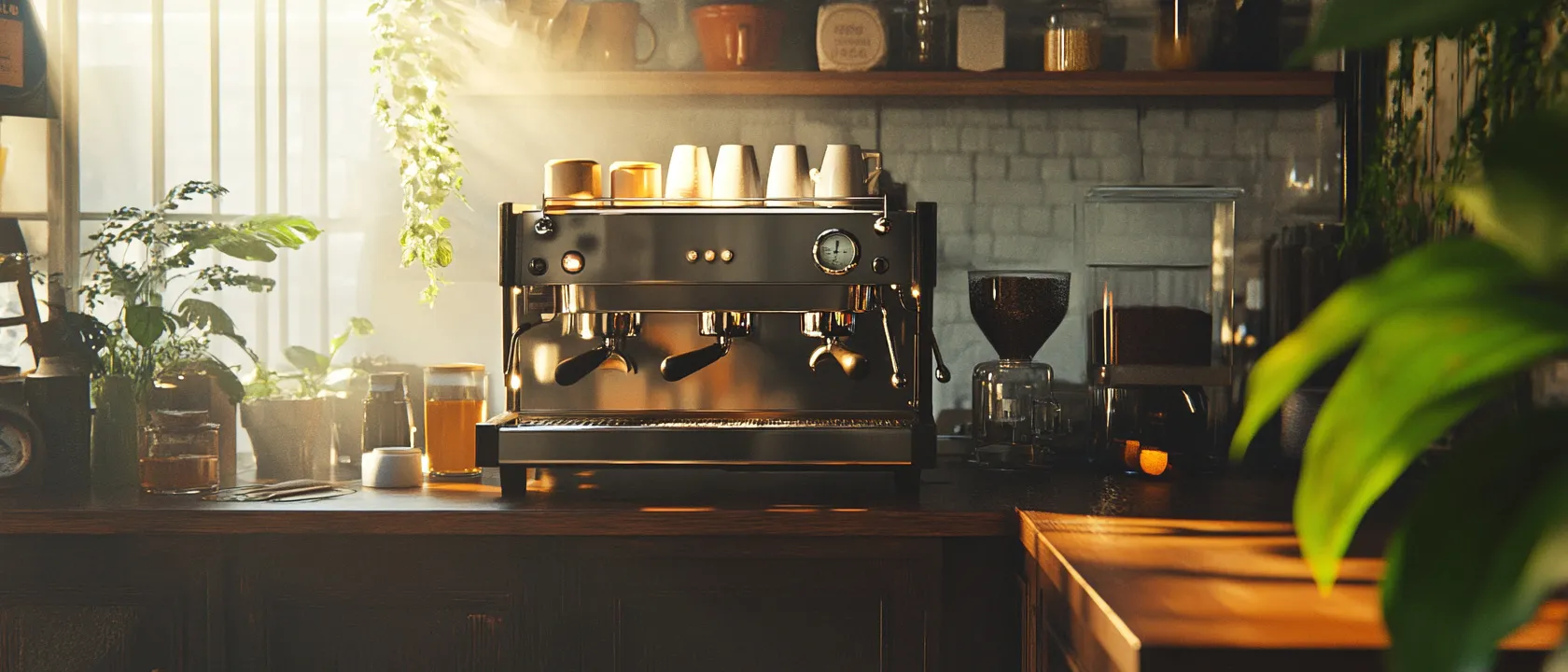
Premium Drip Coffee Makers: Precision Automation
The most familiar brewing method has seen perhaps the most dramatic technological evolution, with premium models offering capabilities unimaginable in basic machines.
Technivorm Moccamaster: The Handcrafted Standard
The Dutch-made Moccamaster ($350-400) has become the benchmark for premium drip brewing through its focus on fundamental brewing principles rather than digital features:
Technical Distinctions:
- Copper heating element achieves ideal brewing temperature within one minute
- Maintains water temperature between 196-205°F throughout the brewing cycle
- Nine-hole shower head design for even grounds saturation
- Brew basket design optimizing flow rate and contact time
- Handmade construction with easily replaceable components
Real-World Performance:
The Moccamaster delivers remarkably consistent extraction quality across various coffee types. Independent testing confirms temperature stability within 1-2 degrees throughout brewing—a stark contrast to the 10-15 degree fluctuations common in average machines. The resulting coffee shows noticeably improved clarity of flavor and aromatic complexity compared to standard drip machines.
The mechanical simplicity (minimal electronics) contributes to exceptional durability, with many units functioning perfectly after 10+ years of daily use. This longevity significantly enhances the value proposition despite the initial premium cost.
Breville Precision Brewer: The Customization Champion
Breville’s flagship drip machine ($300-350) takes a notably different approach, emphasizing digital customization over mechanical simplicity:
Technical Distinctions:
- PID temperature control allowing specific degree settings between 190-210°F
- Flow rate control with programmable bloom time and pulsing patterns
- Six preset brewing modes plus fully customizable manual control
- Automatic adjustment for different water flow rates when brewing smaller volumes
- Thermal carafe with unique design to minimize heat loss
Real-World Performance:
The Precision Brewer’s standout capability is its adaptability to different coffee styles. The ability to customize temperature, flow rate, and pre-infusion parameters allows optimizing extraction for everything from delicate light roasts to robust dark blends. This versatility delivers objectively better results with diverse coffee types compared to single-parameter machines.
However, the reliance on electronic controls creates more potential failure points, with durability reports suggesting a typical 3-5 year lifespan before potential issues—significantly shorter than the mechanically simpler Moccamaster.
Ratio Eight: The Design-Forward Approach
At the ultra-premium end of drip brewers, the Ratio Eight ($495-595) combines precision brewing with exceptional aesthetic design:
Technical Distinctions:
- Die-cast aluminum heating element with precision temperature regulation
- Shower head designed for ideal dispersion and flow patterns
- Borosilicate glass water supply lines minimizing mineral buildup
- Automated bloom cycle with precision timing
- Hand-assembled with premium materials (wood, glass, metal) with minimal plastic
Real-World Performance:
The Ratio Eight delivers exceptional brewing quality comparable to other premium machines while offering superior aesthetic integration into design-conscious environments. The attention to material quality and visual design represents a different kind of value for users who consider their coffee equipment part of their home’s visual landscape.
The machine’s simplicity (single-button operation with automated cycles) masks sophisticated engineering that consistently achieves optimal brewing parameters without requiring user calibration. However, this simplicity also means less customization for different coffee varieties compared to more programmable alternatives.
Espresso Machines: The Premium Ceiling
No category demonstrates greater price disparity than espresso machines, with “entry-level” premium options starting around $500 and high-end prosumer models exceeding $3,000.
Breville Bambino Plus: Premium Entry Point
The Bambino Plus ($500) represents the minimum viable investment for legitimate espresso quality:
Technical Distinctions:
- ThermoJet heating system reaching brewing temperature in 3 seconds
- PID temperature control maintaining 200°F (93°C) brewing temperature
- 15-bar Italian pump for proper extraction pressure
- Automatic microfoam milk texturing with temperature control
- Pre-infusion function at low pressure to optimize extraction
Real-World Performance:
The Bambino Plus delivers genuinely surprising capability at its price point, producing espresso with proper crema and flavor development that approaches café quality with appropriate grinding and technique. The rapid heating system and pressure consistency allow results impossible with sub-$200 machines regardless of user skill.
However, limitations become apparent with challenging coffee varieties or when seeking to make specific adjustments to extraction parameters. The semi-automatic nature means results remain somewhat user-dependent despite the machine’s capabilities.
Rocket Appartamento: The Prosumer Sweet Spot
Moving into genuine prosumer territory, the Rocket Appartamento ($1,700) represents the point where home espresso machines begin incorporating true commercial components:
Technical Distinctions:
- E61 group head with mechanical pre-infusion and thermal stability
- Heat exchange boiler allowing simultaneous brewing and steaming
- Commercial-grade rotary pump with vibration dampening
- Insulated copper boiler with electronic temperature management
- Full commercial portafilter and 58mm basket compatibility
Real-World Performance:
The Appartamento delivers a substantial performance leap over entry-level machines, producing espresso with exceptional flavor clarity and textural quality when paired with an appropriate grinder. The temperature stability and pressure consistency allow extracting the full potential from specialty coffees, revealing flavor notes and aromatics lost in less capable systems.
The build quality and commercial components typically provide 10+ years of service with proper maintenance, significantly enhancing the value equation despite the substantial initial investment. The machine’s limitations primarily involve workflow rather than quality—heat exchange systems require specific timing procedures to manage brewing temperature precisely.
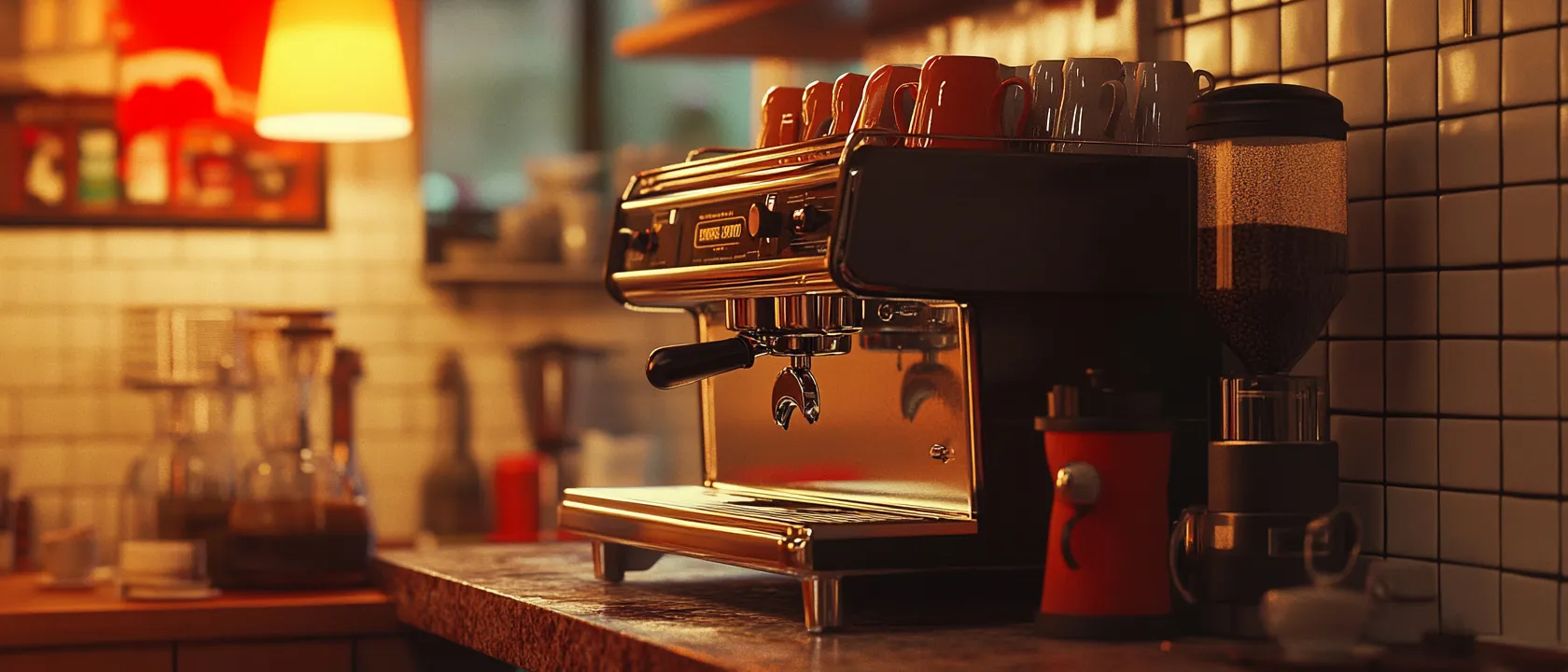
La Marzocco Linea Mini: The Commercial Crossover
At the premium ceiling, the La Marzocco Linea Mini ($6,000) brings scaled-down commercial technology to home environments:
Technical Distinctions:
- Dual boiler system with dedicated brew and steam boilers
- PID temperature control with 1°F precision adjustment
- Integrated brew-group stabilization to maintain thermal consistency
- Commercial-grade rotary pump with custom flow adjustment
- Internal component design identical to La Marzocco commercial machines
Real-World Performance:
The Linea Mini delivers truly commercial-equivalent performance in a home footprint, capable of producing espresso indistinguishable from high-end cafés. The temperature stability, pressure consistency, and steam power allow achieving results previously impossible outside commercial environments.
The machine’s construction quality and component selection typically provide 15-20 years of reliable service, substantially longer than less expensive alternatives. This longevity significantly influences the value calculation—when amortized over its full lifespan, the annual cost becomes more comparable to mid-range machines requiring more frequent replacement.
Specialty Brewing Systems: Niche Excellence
Beyond traditional categories, several specialized brewing systems command premium prices for distinctive capabilities.
Ratio Six and Fellow Stagg EKG Pour-Over System
For pour-over enthusiasts seeking precision without manual effort, combining the Ratio Six ($345) and Fellow Stagg EKG kettle ($165) creates a premium system focused on hand-brewing quality with enhanced consistency:
Technical Approach:
- Ratio Six provides automated pour-over cycle with bloom phase and pulsing delivery
- Fellow Stagg EKG enables 1-degree temperature precision and optimal pour control
- Combined system eliminates the two greatest variables in manual brewing: water temperature and pour consistency
Real-World Performance:
This system delivers exceptional clarity and flavor definition characteristic of manual pour-over but with significantly improved consistency between brews. The precise temperature control and optimized flow pattern reveal subtle flavor notes often lost in conventional drip brewing.
The value proposition centers on achieving hand-brewing quality without requiring the skill development and time investment of traditional manual methods. For coffee enthusiasts who appreciate pour-over characteristics but not the process itself, this premium combination offers legitimate utility.
Trinity ONE: Versatile Brewing Platform
The Trinity ONE ($300) takes a different approach to premium brewing, offering multiple methods in a single precision-engineered device:
Technical Approach:
- Functions as press, drip, or immersion brewer through modular configuration
- Pressure gauge for precision press brewing
- Manually controlled pressure application for customized extraction
- Weighted press cylinder for consistent compression
Real-World Performance:
The Trinity ONE delivers its greatest value through versatility without compromising quality in any brewing method. The precision engineering allows achieving excellent results across different brewing styles, making it particularly valuable for experimentally-minded coffee enthusiasts.
The fully mechanical design and high-quality materials suggest exceptional long-term durability, enhancing value despite the premium price compared to simpler single-purpose brewers.
The Economic Equation: Calculating True Value
Beyond brewing performance, determining whether premium coffee makers justify their cost requires considering several economic factors:
The Daily Calculation: Home vs. Café Economics
For regular café patrons considering home equipment investment, the economic equation can be surprisingly favorable:
- Daily café spending: Typical specialty coffee shop spending ranges from $4-7 per drink, potentially exceeding $1,500-2,500 annually for daily consumers.
- Amortized equipment cost: Even premium equipment costing $1,500 typically represents only $150-300 per year when amortized over its useful life.
- Ongoing coffee cost: Specialty beans for home brewing typically cost $0.75-1.50 per cup, representing significant savings over café pricing.
For a daily coffee drinker, even expensive equipment often reaches financial break-even in less than two years compared to café purchases, with all subsequent years representing substantial savings.
The Longevity Factor: Premium vs. Budget Equipment Economics
The durability differential between premium and budget equipment significantly impacts long-term value:
- Replacement frequency: Budget coffee makers ($50-150) typically last 2-3 years before performance degradation or failure, while premium machines often function properly for 7-15+ years.
- Maintenance costs: Higher-end machines typically offer replaceable components and repair options, while budget models usually require complete replacement when any significant component fails.
- Consistency maintenance: Premium equipment generally maintains consistent performance throughout its lifespan, while budget alternatives often show performance degradation well before total failure.
These factors mean that over a 10-year period, investing in a $400 premium drip machine may actually cost less than cycling through multiple $80 replacements while delivering superior results throughout.
The Grinder Consideration: The Essential Companion Investment
Any serious evaluation of premium coffee makers must address the critical companion investment—a quality grinder:
- Relative importance: Brewing equipment experts consistently maintain that grinder quality impacts cup results more significantly than brewer quality within the same general category.
- Investment allocation: For optimal results with limited budget, the guideline of allocating equal or greater investment to the grinder than the brewing equipment remains sound.
- Value retention: Quality grinders typically maintain both performance and resale value better than brewing equipment, strengthening their investment case.
This consideration significantly impacts the value equation of premium brewers—a $500 brewer paired with an inadequate grinder will produce disappointing results, while even a $200 brewer paired with a $300 quality grinder can deliver excellent coffee.
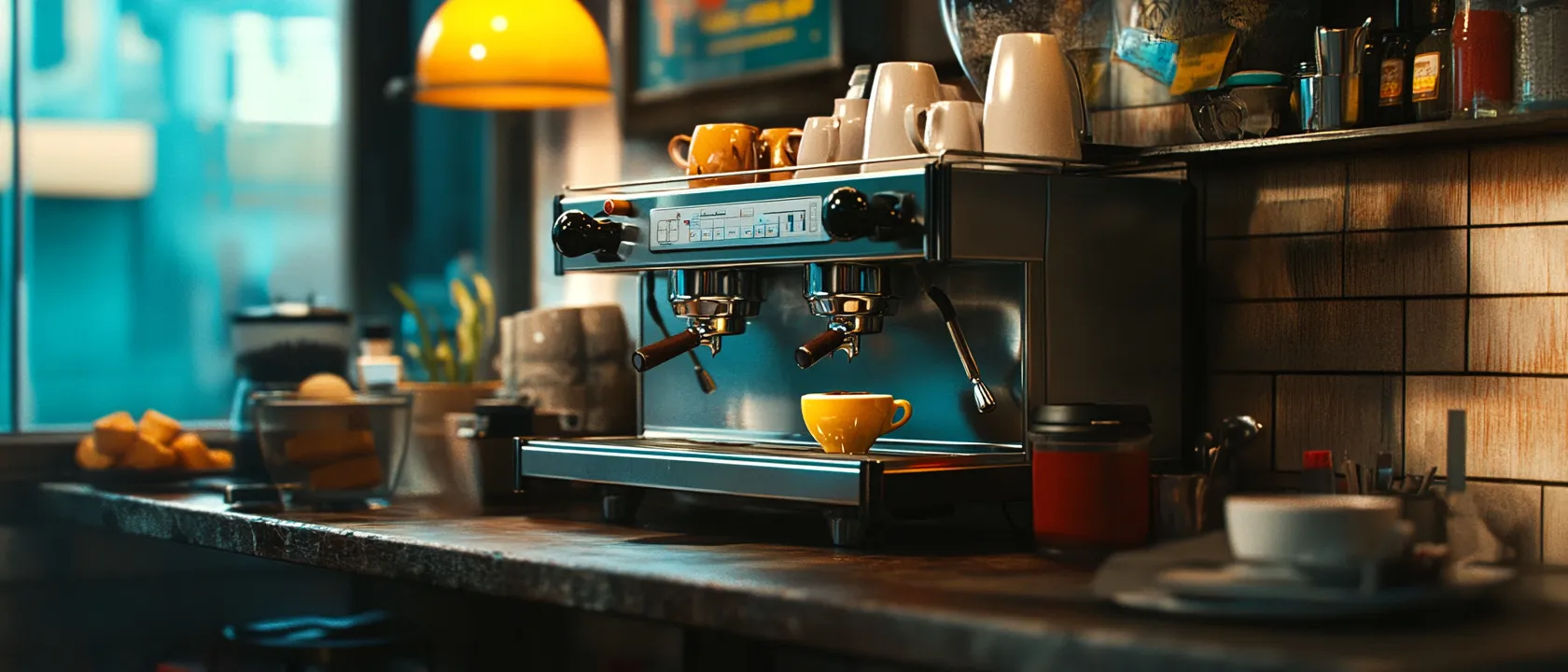
Beyond Economics: The Intangible Value Factors
Several non-financial factors legitimately influence the value calculation for premium coffee equipment:
The Ritual Value: Experience Enhancement
Premium equipment often provides substantial experiential benefits beyond the final cup quality:
- Process enjoyment: Higher-end equipment typically offers more satisfying user experiences through superior materials, smoother operation, and more refined sensory feedback.
- Aesthetic pleasure: Well-designed equipment serves as functional art in many homes, providing visual and tactile satisfaction throughout its lifespan.
- Reliability confidence: The peace of mind from knowing equipment will perform consistently without frequent troubleshooting represents real though unquantifiable value.
For many enthusiasts, these factors justify premium pricing independent of purely objective performance metrics—the daily interaction with beautiful, precision-engineered tools enhances the overall coffee ritual.
The Learning Platform: Skill Development Value
More capable equipment often facilitates deeper coffee appreciation and skill development:
- Flavor discovery: The improved extraction quality of premium equipment reveals flavor nuances that develop palate sophistication and appreciation.
- Parameter control: Advanced customization features allow experimentation and learning about how different variables affect coffee results.
- Consistency baseline: Better machines provide the consistent performance necessary to isolate and understand other variables in coffee preparation.
This educational aspect can transform coffee from simple daily necessity into an evolving interest with continuing discovery potential—a transformation many enthusiasts consider well worth the premium investment.
Conclusion: Defining Reasonable Premium Thresholds
After comprehensive evaluation of performance capabilities, economic factors, and intangible benefits, several clear patterns emerge regarding where premium coffee equipment delivers legitimate value:
Drip Coffee Rational Premium Threshold
For drip coffee, the data suggests that the $300-400 price range represents the point of optimal value, where machines like the Technivorm Moccamaster and Breville Precision Brewer deliver objectively superior results through genuine engineering advantages while remaining economically rational through exceptional longevity. Beyond this threshold, improvements become more aesthetic than functional, though these may still provide value to design-conscious consumers.
Espresso Rational Premium Threshold
For espresso, the value analysis reveals a multi-tiered rational premium structure:
- Entry-level viability threshold: Around $500 (Breville Bambino Plus, Gaggia Classic Pro) represents the minimum investment for equipment capable of producing legitimate espresso with appropriate technique.
- Enthusiast value optimization: The $1,500-2,000 range (Rocket Appartamento, Lelit Bianca, Profitec Pro 500) represents the sweet spot where commercial-grade components provide significant performance advantages and exceptional longevity while remaining within reach of serious enthusiasts.
- Diminishing returns threshold: Beyond $3,000, improvements become increasingly incremental relative to cost increases, though machines like the La Marzocco Linea Mini still provide rational value for daily heavy users when amortized over their exceptional lifespan.
The Final Assessment: Quality, Longevity, and Joy
The perfect morning brew indeed comes at a price, but thoughtfully selected premium equipment often represents rational investment rather than mere luxury spending. The machines that truly justify their premium prices deliver a trio of benefits: objectively superior cup quality, exceptional longevity that reduces lifetime cost, and daily ritual enhancement that transforms a necessity into a pleasure.
For those who genuinely appreciate coffee quality and incorporate brewing into their daily rituals, premium equipment that hits this trifecta of benefits represents money well spent—not because the most expensive option is inherently better, but because the right investment delivers compounding returns in daily satisfaction over many years. The perfect morning brew may be expensive, but when approached with knowledge rather than marketing hype, it need not be overpriced.



